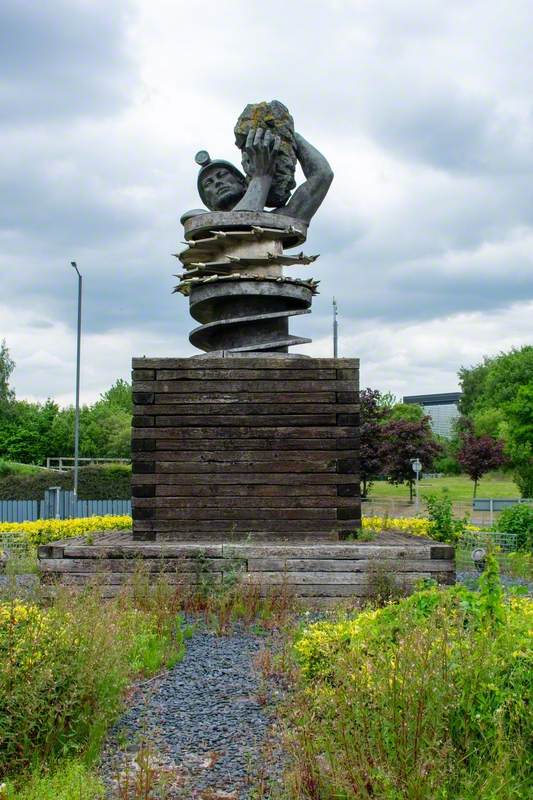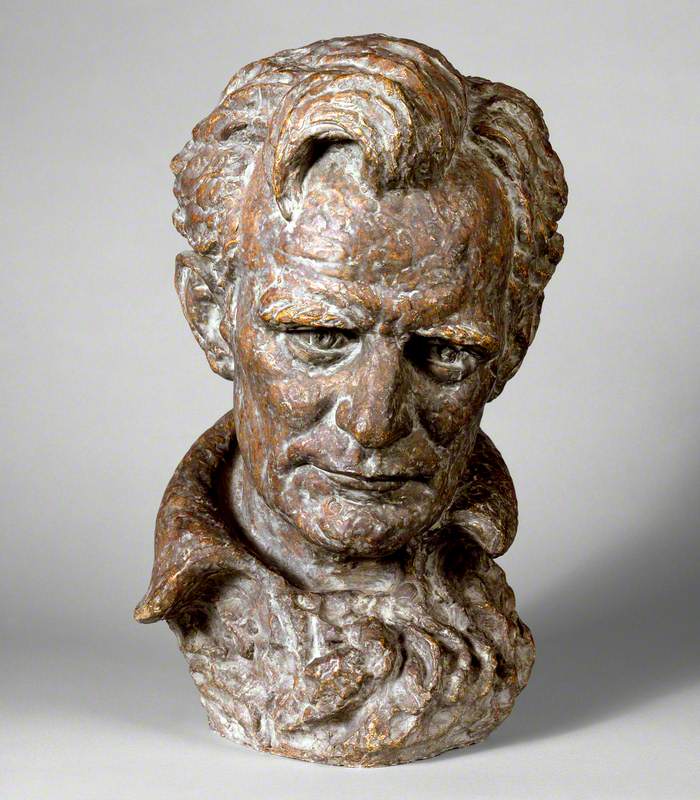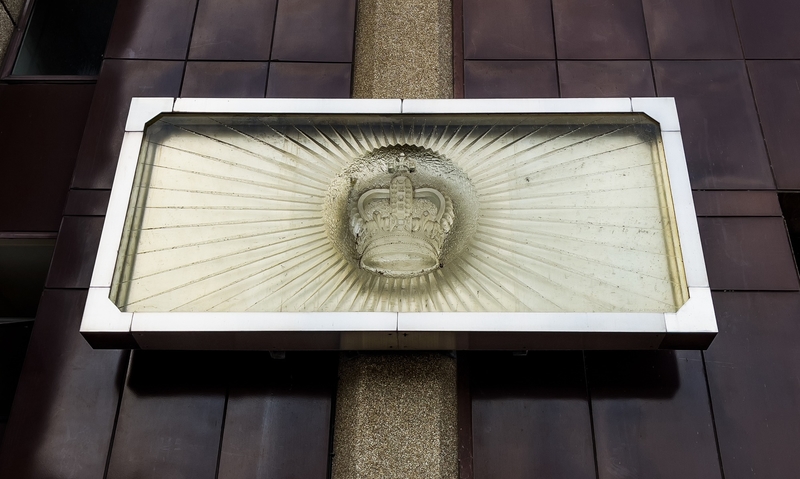Arthur John Fleischmann [sometimes known as A. J. Fleischmann] was born in Bratislava, Austria-Hungary [now Slovakia], on 5 June 1896. He studied medicine at Prague University and qualified as a doctor before deciding to pursue a career in art. He then studied at the Vysoká Skola Umeleckoprumyslová (VSUP) in Prague under Jan Stursa (1921) and the Meisterschule for sculpture in Vienna, under Josef Müllner. He also spent some time studying in France and Italy from 1932 to 1934. Two ceramic animal forms by him featured in the Austrian section of the 'International Exhibition of Ceramic Art' at the Metropolitan Museum of Art in New York City in 1928 (toured 1928-29).
He began working on sculpture commissions in Vienna in the early 1930s, creating a ceramic frieze for a housing block at Hickelgasse in 1931 and a war memorial in ceramic on Wagramstrasse in 1933. Between 1935-37 he taught at the Verein Kunstschule für Frauen und Mädchen in Vienna. He then spent a period travelling in South Africa, North and South America and Bali before settling in Sydney, Australia in 1939.
The year of his arrival he was elected a member of the Society of Artists in Sydney and in 1941 a founder member of Merioola Group and President of its artistic colony.
Commissions on which he worked during his stay in Australia included a fountain for Frensham College in Mittagong, New South Wales in 1940, a series of heads in relief for the bronze doors of the Mitchell Library, Sydney in 1941, a bust of Dr E.L. Bainton for the Sydney Conservatorium of Music in 1943, a fountain for Government House in Canberra in 1945, and a memorial for the Botanical Gardens in Sydney in 1946. He also made portrait sculptures of Cardinal Gilroy, Sir Frederick Jordan, Sir John Butters, Sir Percy Spender, the pianist Gaultiero Volterra and the violinist Jeanne Gautier.
In 1948 Fleischmann moved to London and established a studio in Mayfair. It was here that he discovered Perspex, the material with which his name subsequently became associated. He frequently used Perspex in his work from the late 1940s onwards including when making decorative pieces for ocean liners, fountains, and figurative and abstract sculptures. In 1951 he was commissioned by I.C.I. Plastics Division to create 'The Symbol of Light', a Perspex head of a woman for N.V. Philips to mark the 60th anniversary of the company. Later commissions included a sculpture for the British Pavilion at Expo 70 in Osaka, 'The Crystal Crown' - a sculpture to celebrate the Silver Jubilee of Queen Elizabeth II in 1977, portrait sculptures of conductor Sir Charles Mackerras, the singer Katherine Ferrier, the industrialist Lord Roberts, the actors Barry Humphries and Trevor Howard, and four Popes. His last completed sculpture was 'Tribute to the Discovery of DNA', a water sculpture commissioned by the State Library of New South Wales which was finished in January 1990.
Fleischmann exhibited regularly t the Royal Academy in London from 1948 to 1965. He also exhibited at the Royal Hibernian Academy in Dublin and at the Royal Scottish Academy in Edinburgh. He was elected an Associate of the Royal Society of British Sculptors (ARBS) in 1949 and a Fellow of the Royal Society of British Sculptors (FRBS) in 1957.
Fleischmann died in Tenerife, Spain, on 2 March 1990.
Text source: Art History Research net (AHR net)










